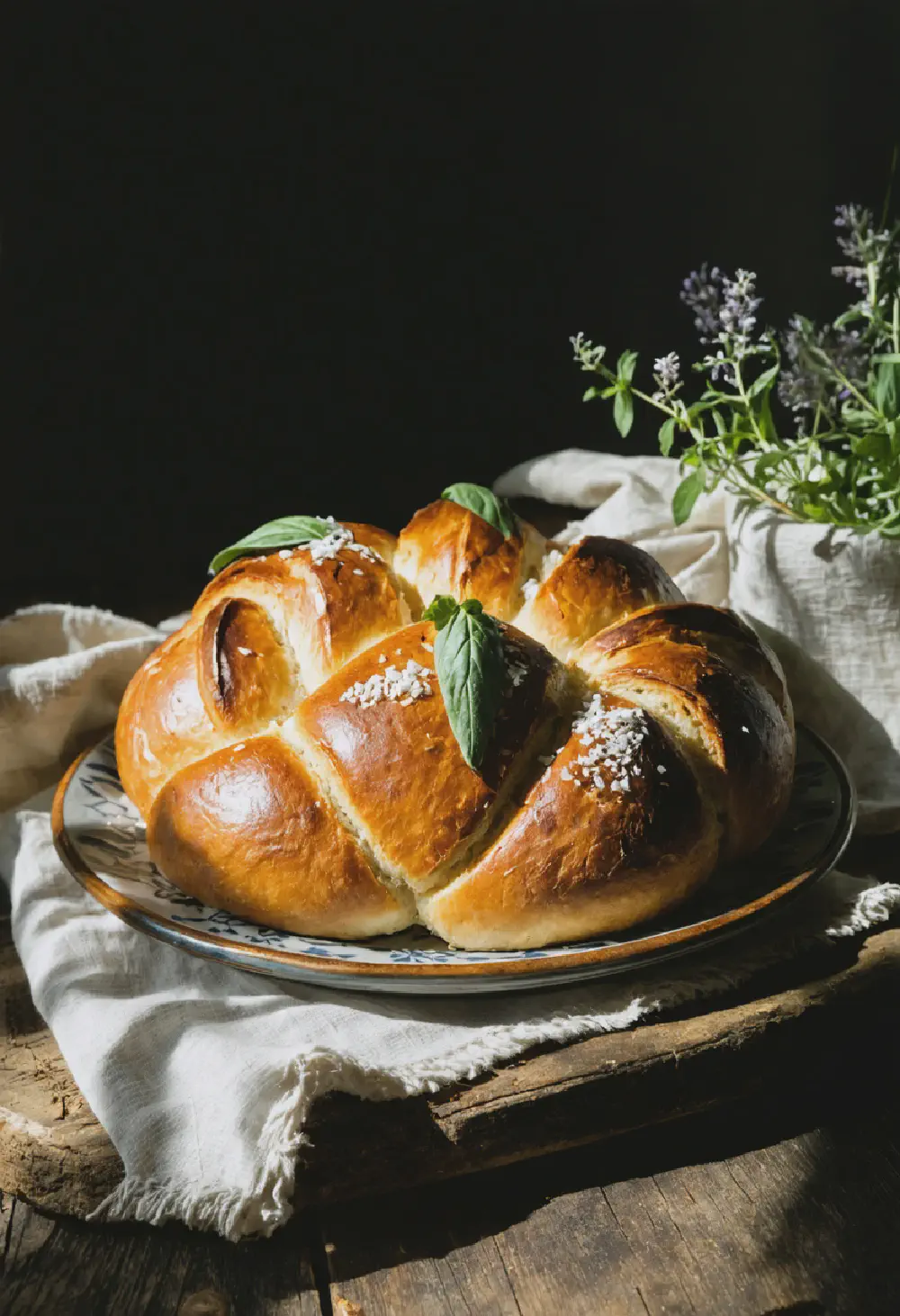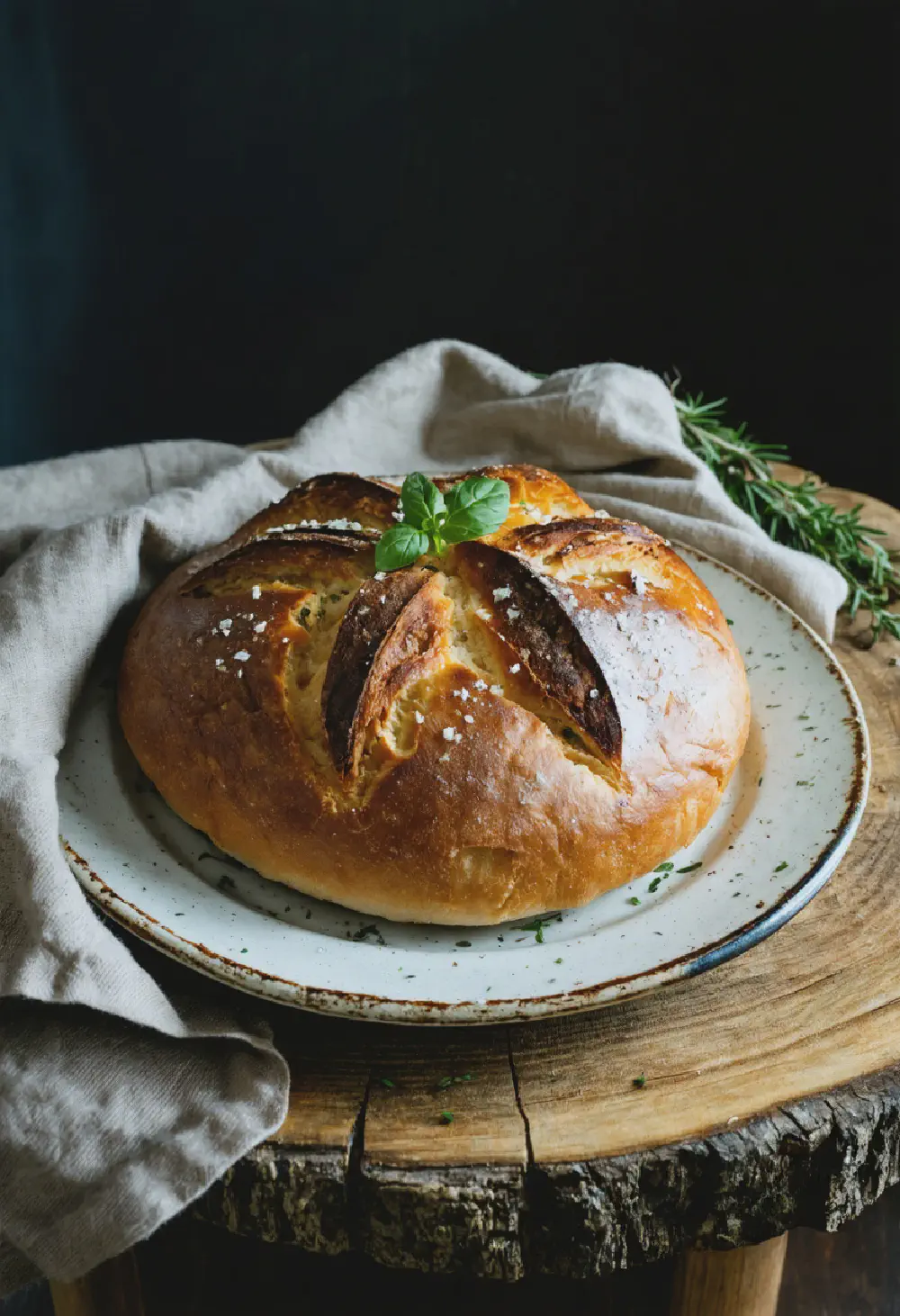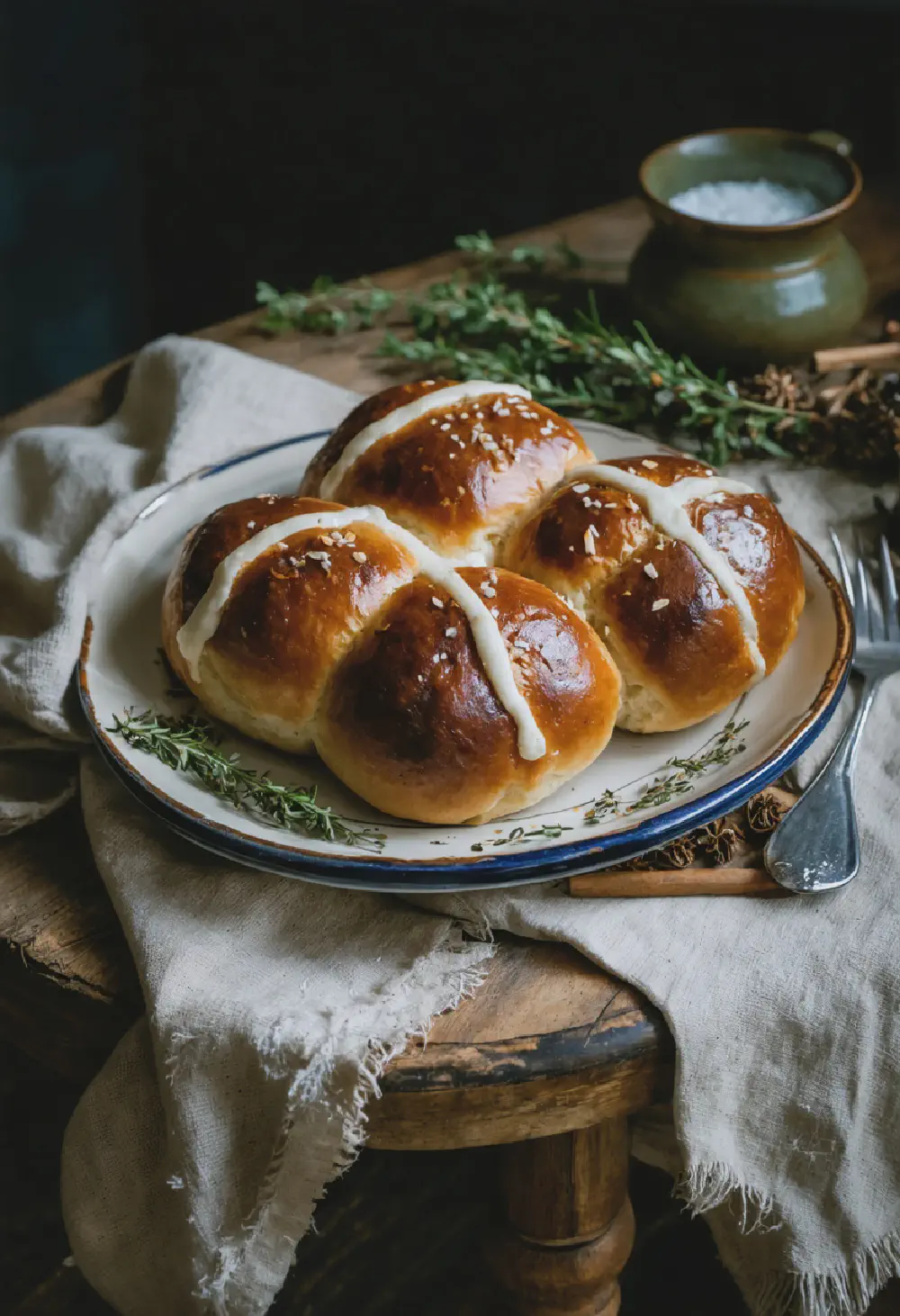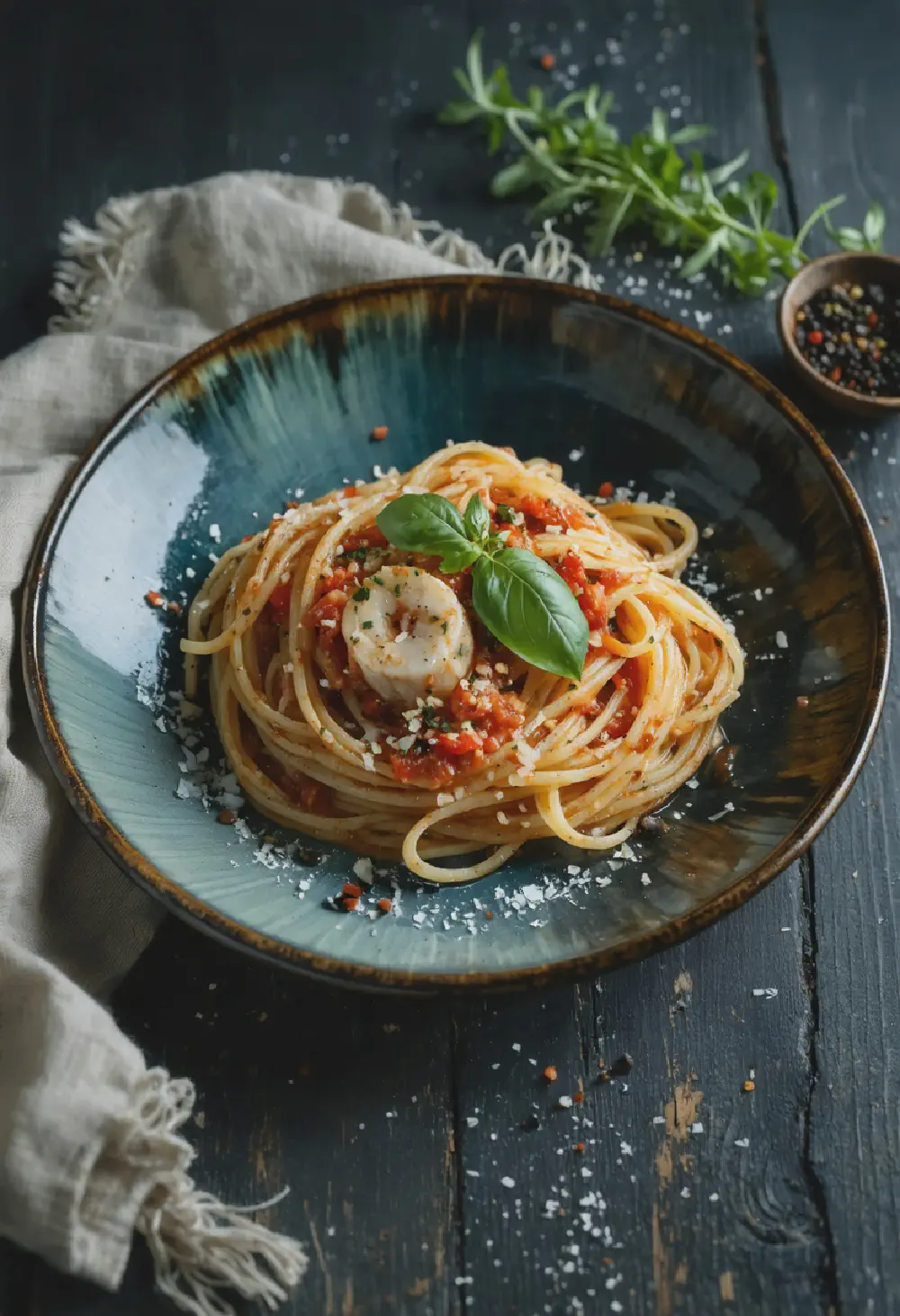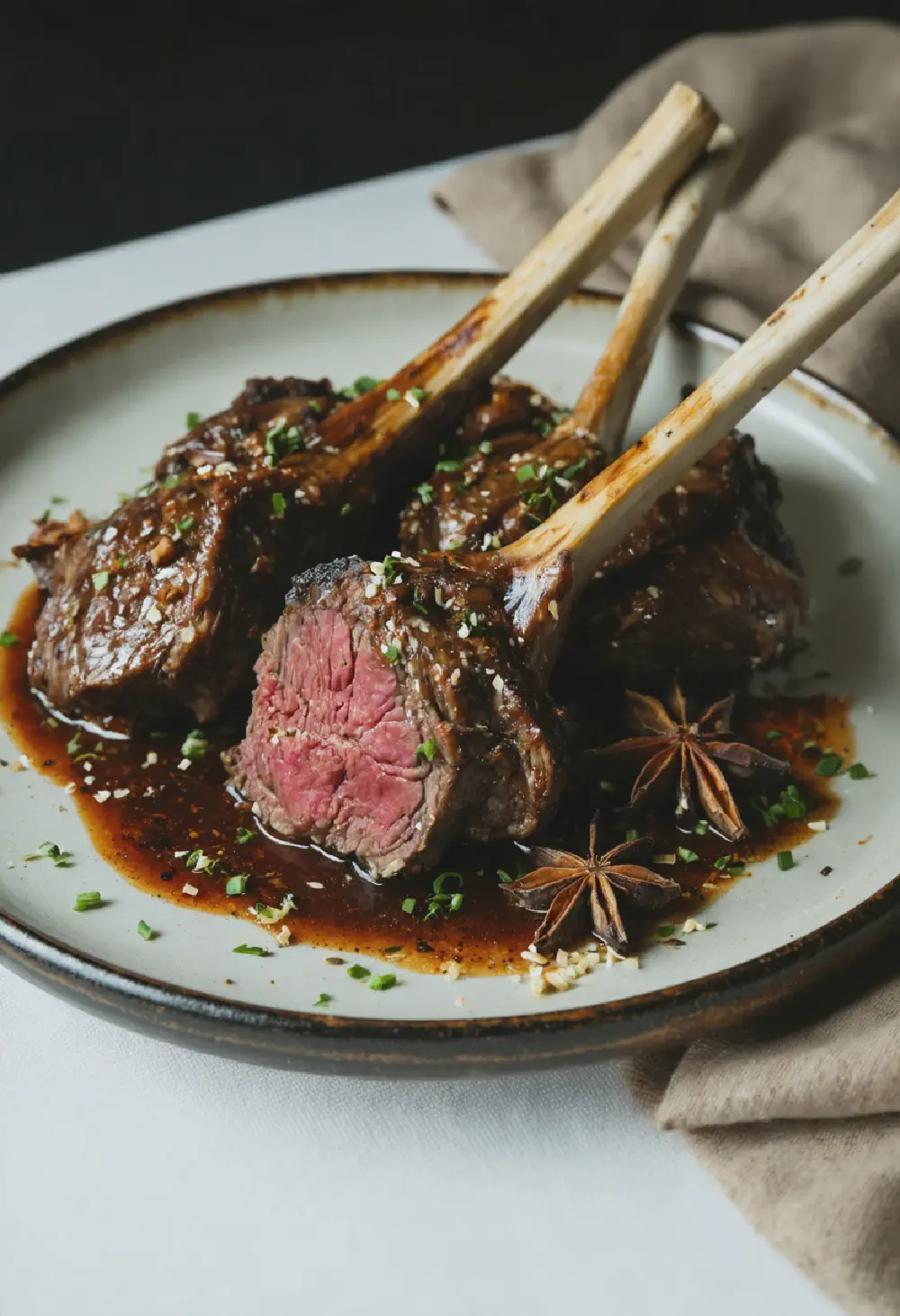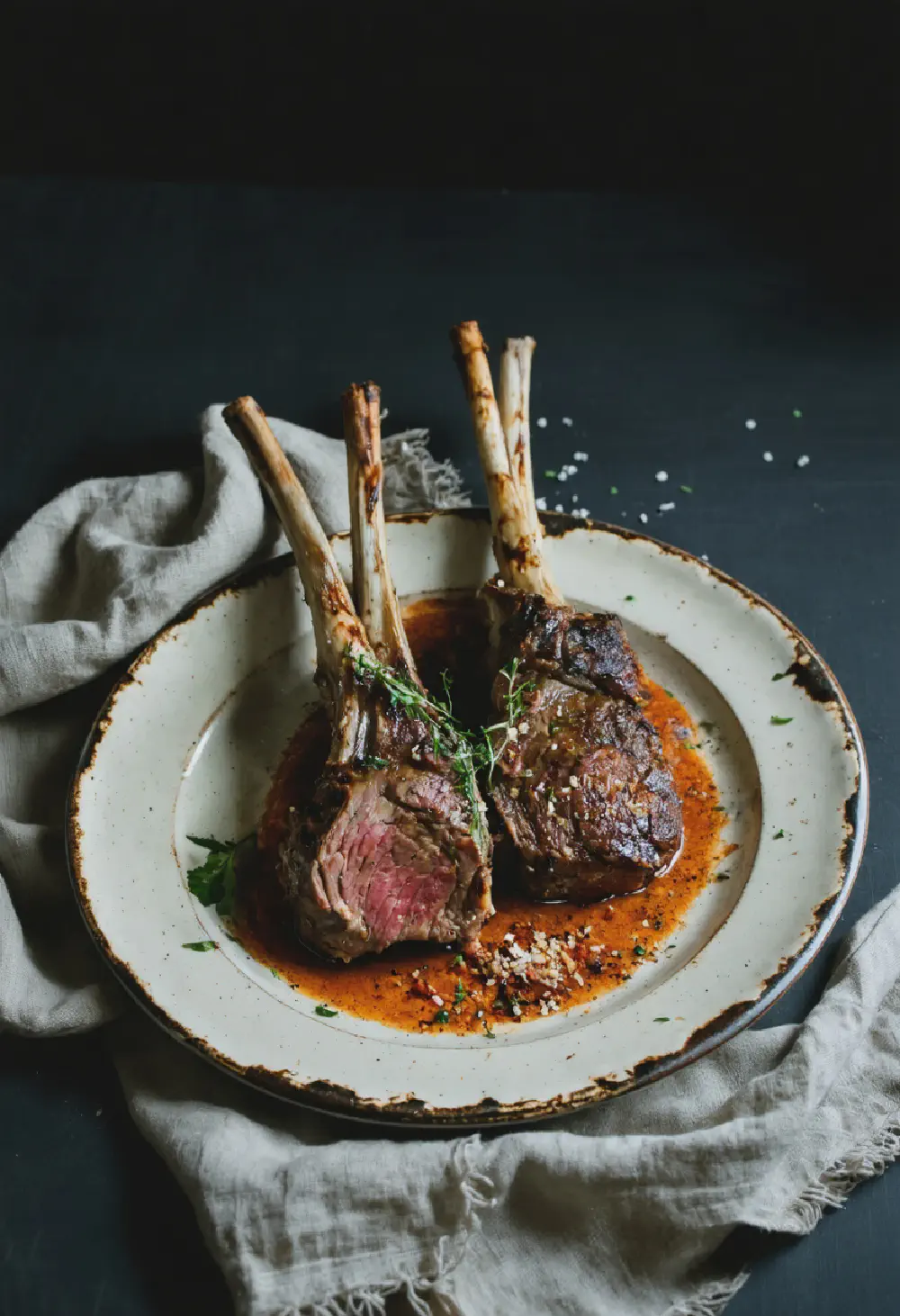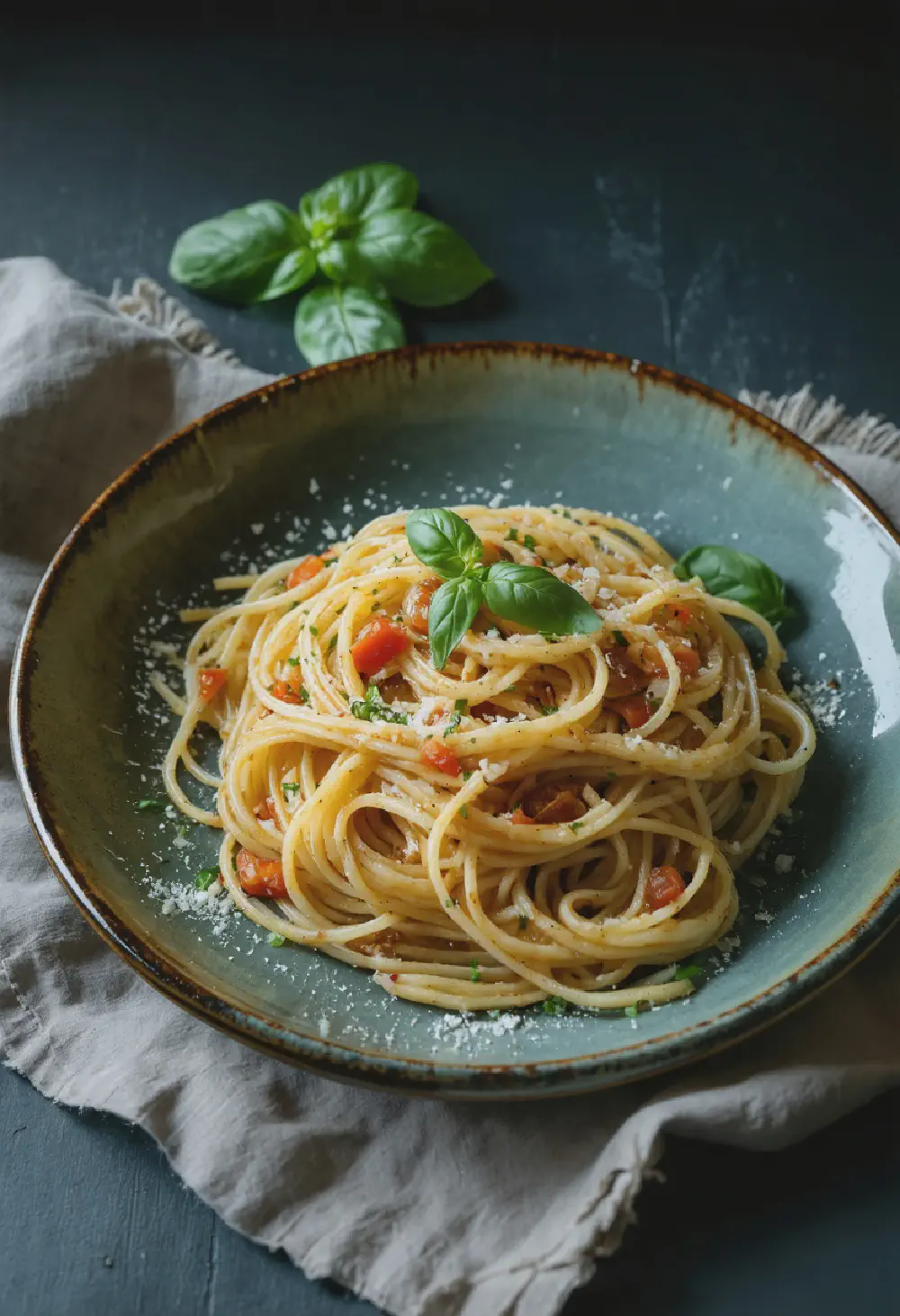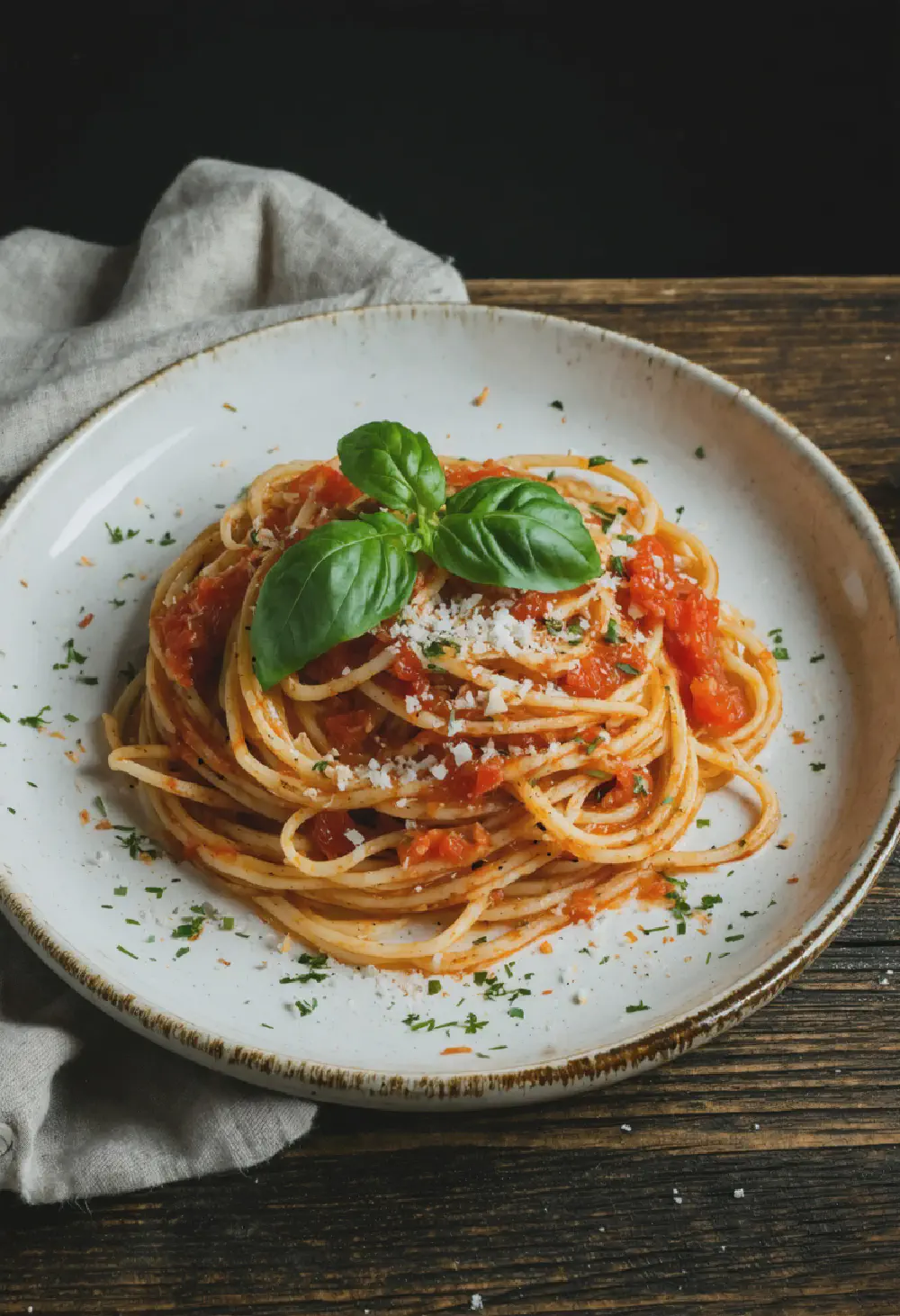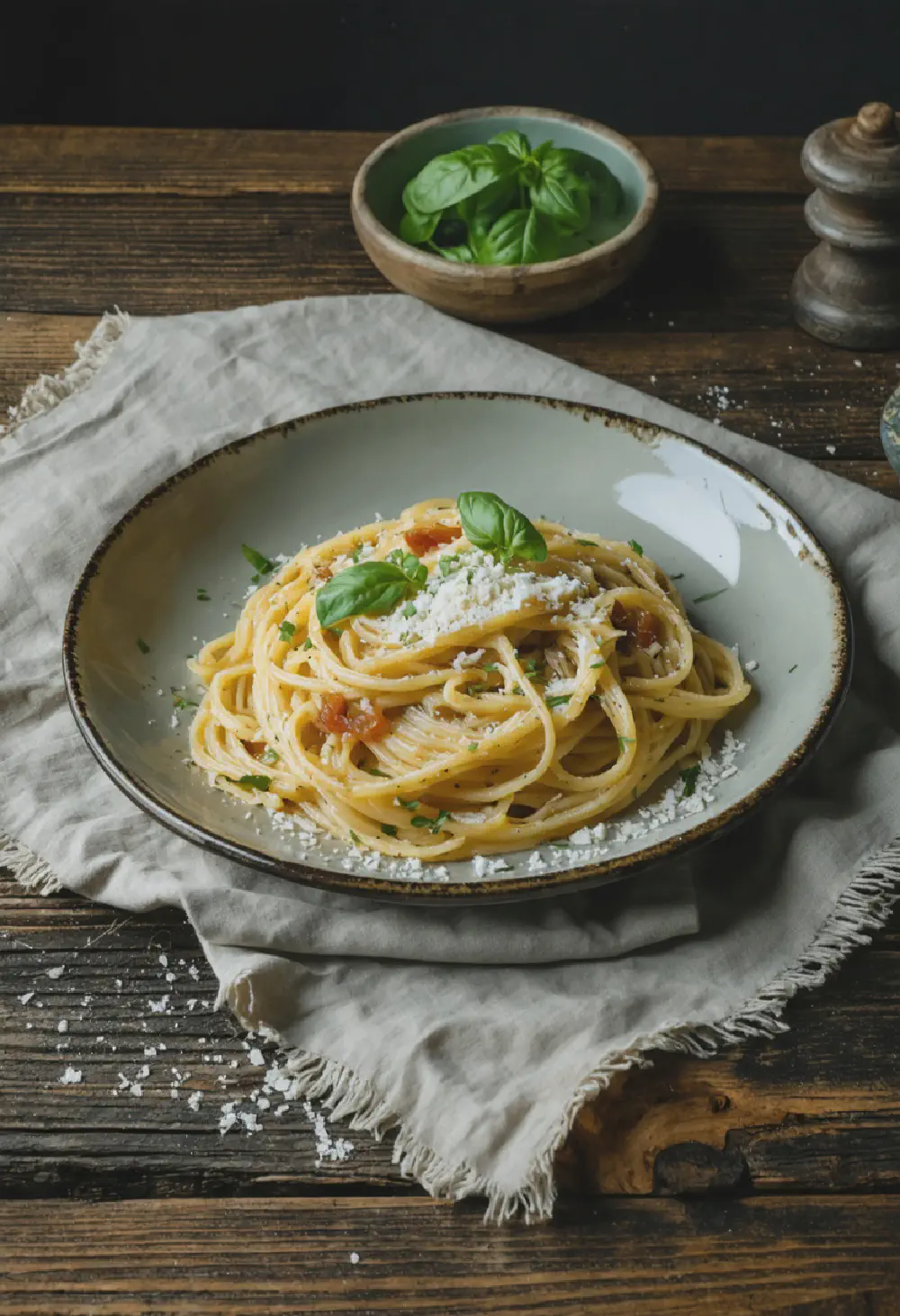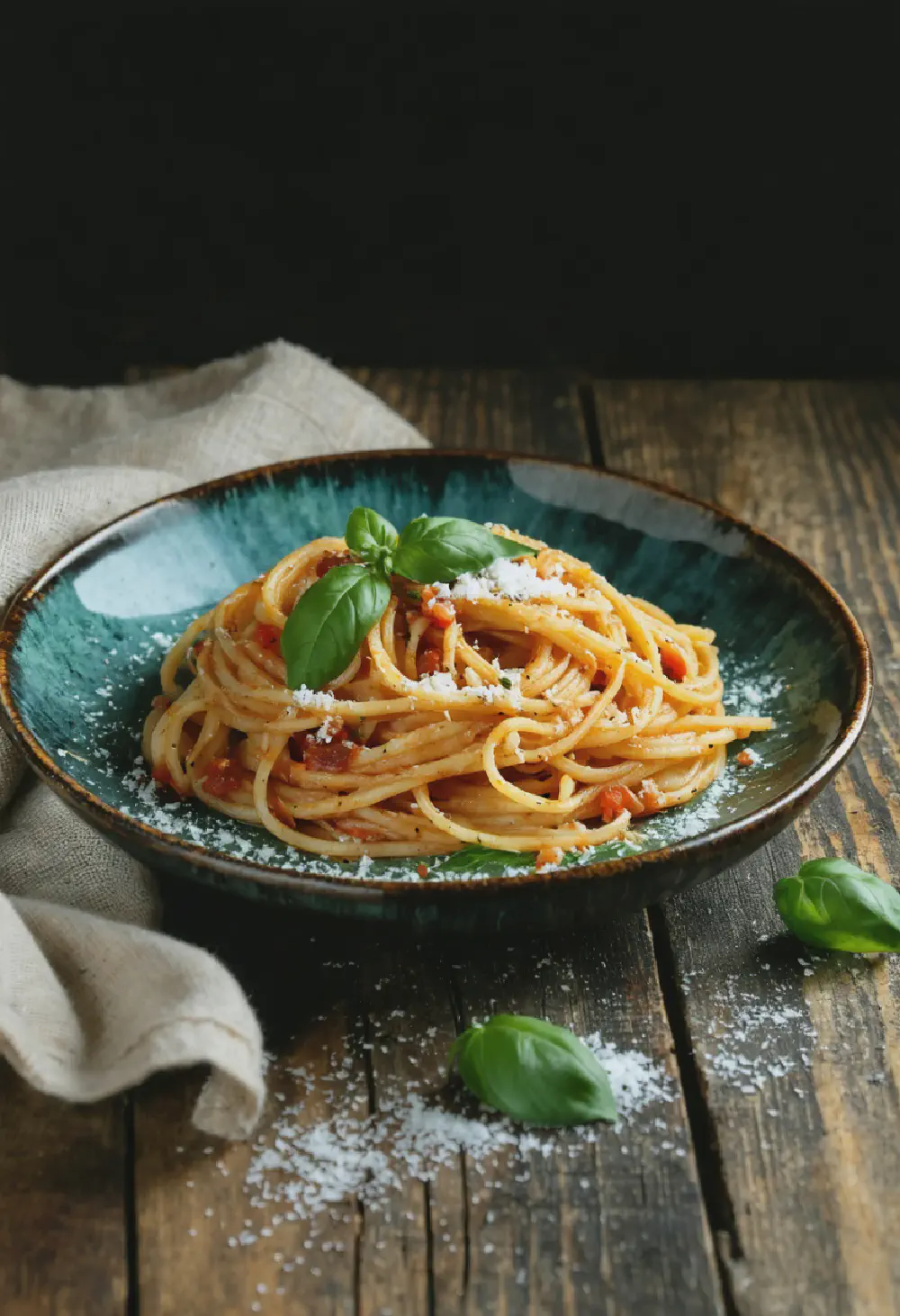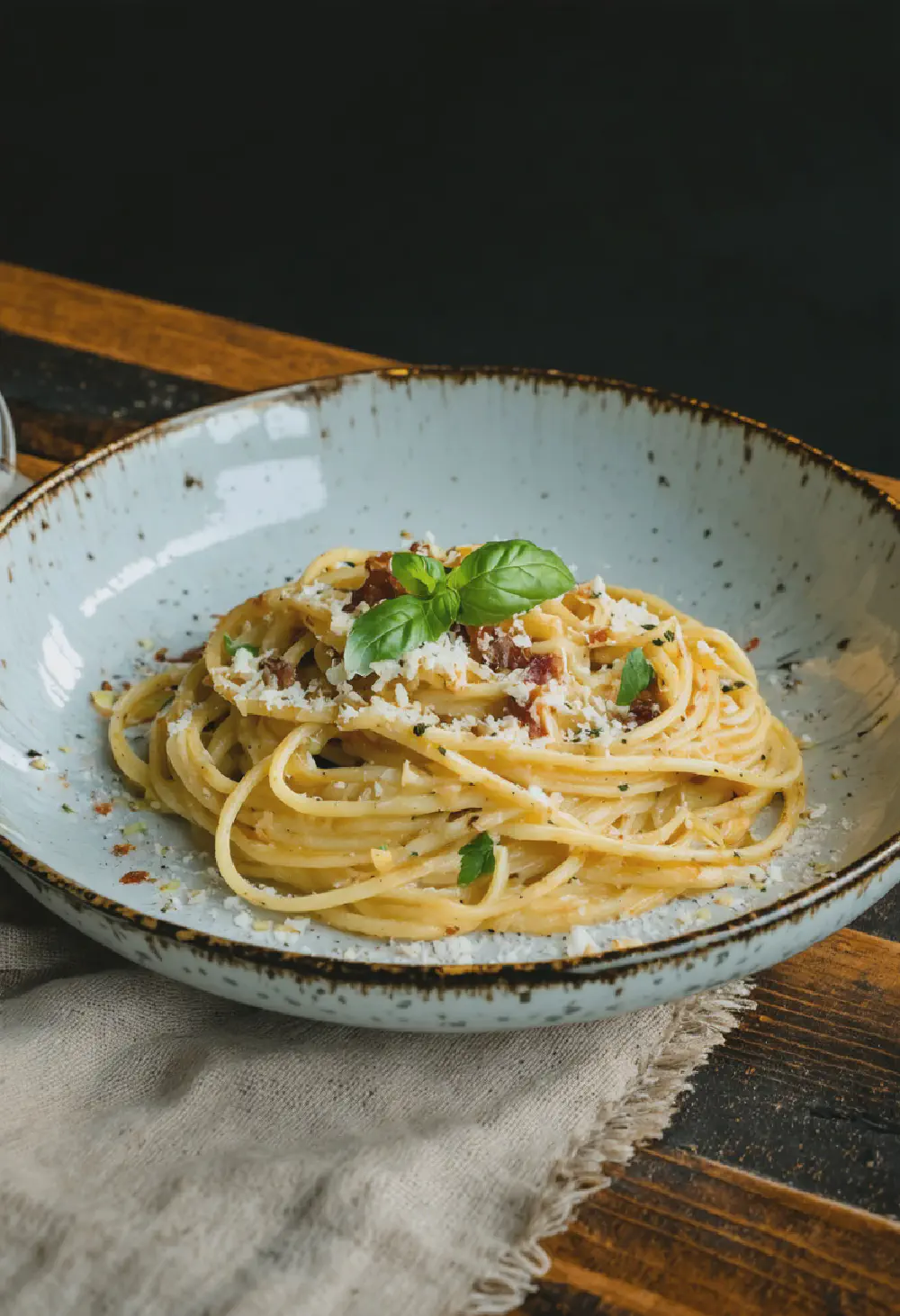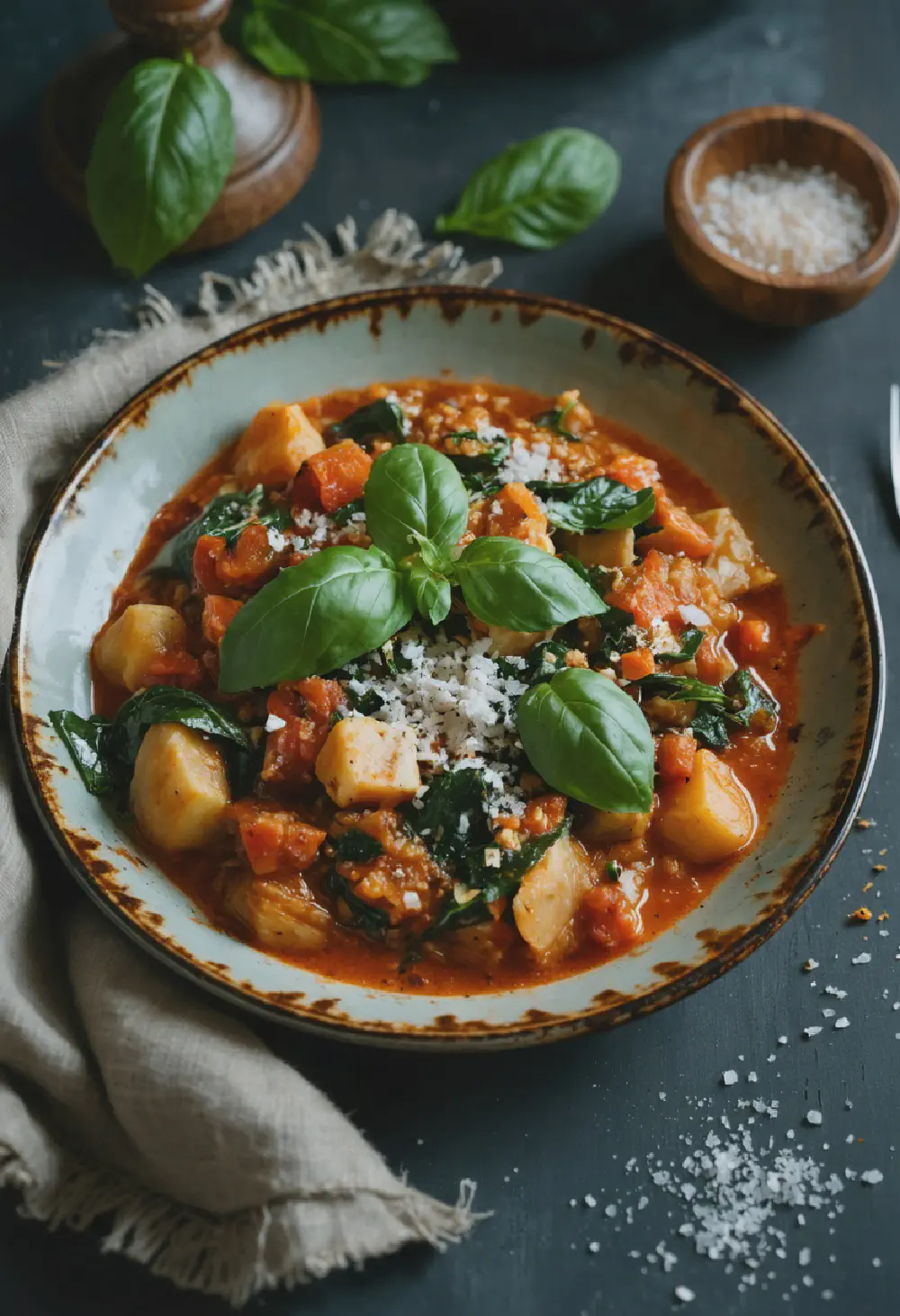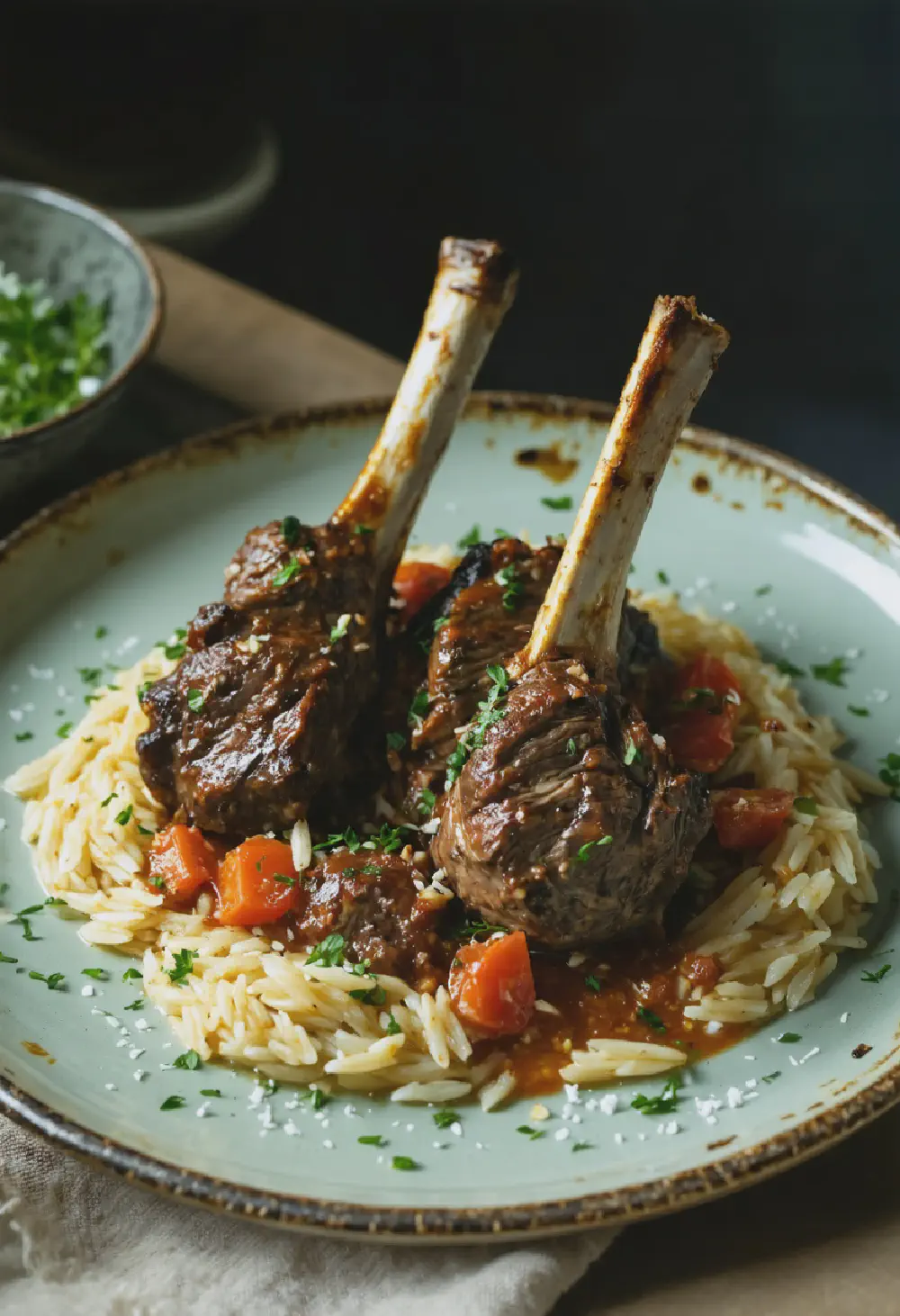Easter Bread
30M
1H and 15M
- Makes 12 servings
- 4 cups all-purpose flour
- 1/2 cup granulated sugar
- 1 tablespoon active dry yeast
- 1 teaspoon salt
- 1/2 cup warm milk
- 1/2 cup warm water
- 1/2 cup unsalted butter, softened
- 3 large eggs, beaten
- 1 teaspoon vanilla extract
- 1/2 teaspoon anise extract
- 1/2 cup candied orange peel, chopped
- 1/2 cup raisins
- 1 egg yolk, beaten (for egg wash)
- Colored sprinkles or nonpareils (for decoration)
- In a large mixing bowl, combine the flour, sugar, yeast, and salt. Mix well.
- In a separate bowl, combine the warm milk, warm water, softened butter, beaten eggs, vanilla extract, and anise extract. Mix until well combined.
- Gradually add the wet ingredients to the dry ingredients, mixing until a soft dough forms.
- Knead the dough on a lightly floured surface for about 10 minutes, until smooth and elastic.
- Add the candied orange peel and raisins to the dough, kneading until evenly distributed.
- Place the dough in a greased bowl, cover with a clean kitchen towel, and let it rise in a warm place for about 1 hour, or until doubled in size.
- Punch down the dough and divide it into 12 equal pieces. Roll each piece into a ball and place them on a greased baking sheet, leaving space between each ball for rising.
- Cover the dough balls with a clean kitchen towel and let them rise for another 30 minutes.
- Preheat your oven to 350°F (175°C).
- Brush the risen dough balls with the beaten egg yolk and sprinkle with colored sprinkles or nonpareils.
- Bake the Easter bread in the preheated oven for 25-30 minutes, or until golden brown and cooked through.
- Remove the bread from the oven and let it cool on a wire rack before serving.
Easter Bread: A Traditional Italian Delight
History
Easter Bread, known as “Pane di Pasqua” in Italy, has a rich history that dates back centuries. This traditional Italian Easter bread is deeply rooted in the celebrations of Easter, symbolizing the end of Lent and the resurrection of Jesus Christ. The origins of Easter Bread can be traced back to ancient times when bread was a staple in Italian households, and special breads were baked for religious holidays. Over the years, the recipe for Easter Bread has been passed down through generations, with each family adding their unique touch to the traditional recipe. Today, Easter Bread remains a beloved part of Italian Easter celebrations, enjoyed by families across the country and around the world.
Taste Profile
Easter Bread is known for its delightful taste and texture, making it a favorite among both children and adults. The bread has a slightly sweet flavor, thanks to the addition of sugar and sometimes honey, which complements the rich, buttery taste of the dough. The texture of Easter Bread is soft and fluffy, with a golden crust that adds a satisfying crunch. Often, Easter Bread is flavored with hints of citrus, such as lemon or orange zest, which adds a refreshing twist to the overall taste. Some variations of Easter Bread may also include anise seeds, giving the bread a subtle licorice flavor that is uniquely Italian. Whether enjoyed plain or with a spread of butter or jam, Easter Bread is a delicious treat that perfectly captures the essence of Italian Easter celebrations.
Cultural Significance
In Italian cuisine, Easter Bread holds a special place as a symbol of celebration and togetherness. The bread is traditionally baked and shared among family and friends during Easter gatherings, representing the joy and renewal of the holiday. The act of baking Easter Bread is often a family affair, with multiple generations coming together to prepare the dough and shape it into the iconic braided or ring form. In some regions of Italy, Easter Bread is adorned with colorful eggs, symbolizing new life and the resurrection of Jesus Christ. The cultural significance of Easter Bread extends beyond its delicious taste, as it serves as a reminder of the importance of family, tradition, and faith in Italian culture. Whether enjoyed as part of a festive Easter brunch or as a sweet treat throughout the holiday season, Easter Bread is a cherished part of Italian culinary heritage.
